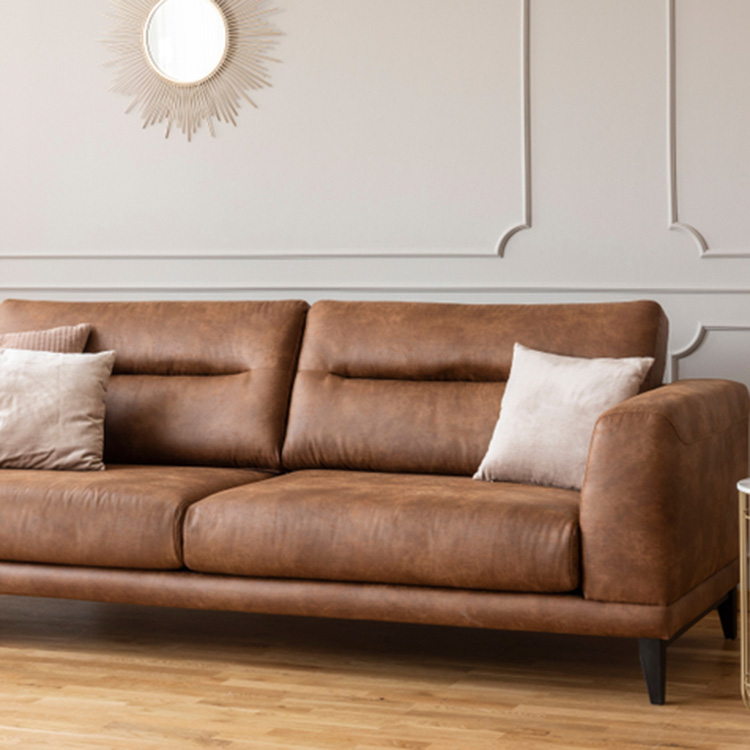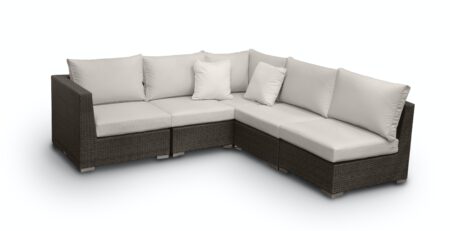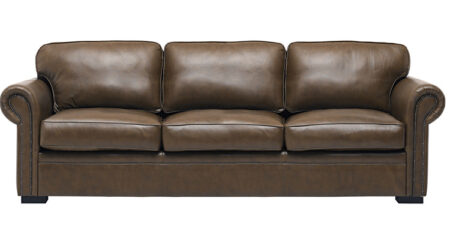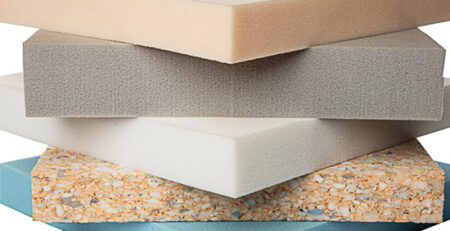Your Saggy Sofa Seat Cushion
When your couch or chair starts to sag in the middle, you may have a cushion problem, but if you are trying to find out how to fix your saggy sofa seat cushion, you aren’t alone. A sagging cushion can be caused by many things, not just old age. You can also get sags from being ill for years, or living in humid climates for extended periods of time. If you have any of these problems, then you know that replacing the cushions isn’t an option.
There are several things you can try to fix your cushions, including a pillow-top mattress cover that replaces your old high-density foam. If you don’t have a high-density foam mattress pad, you can still reduce your sags by adding a high-fiber covering to your couch top. For a couch cushion, simply remove the old padding and add a polyester foam cover to the bottom and/or top of your couch. Polyester is a great material because it is extremely durable, breathable, lightweight, yet very firm. (If your existing couch cushion doesn’t have a polyester cover, don’t worry; you can easily find one to match your existing cushions.)
If neither of the above solutions helps, you might want to look into replacing your upholstery foam with an extra heavy layer of batting. Typically, a batting will weigh between five and ten pounds, depending on the thickness of the foam. Some experts even recommend using two pounds of batting to fix sagging couch cushions. That’s a lot of batting, but it can certainly help. (Be sure to only buy the batting you need for your sofa or chair; extra batting will just end up costing you money!)
Of course, there are other ways to soften your couch and create sagging cushions without adding a second layer of padding. You can increase the firmness of your foam through things like upholstery foam cut outs, cutouts in your fabric, edging, or decorative trimming. In general, the firmer you make your upholstery foam, the more comfortable your seating will be. Plus, if you buy a higher quality product, it will also stand up to longer wear than lower quality products.
If you don’t want to spend money on a sofa cushion, you might want to try a few different things to soften your existing cushions. One of the simplest tricks is to add a layer of batting under your upholstery foam, followed by a layer or two of foam or padding. This works particularly well if you have a couch that has tufts, cowls, armrests, or a combination of these items. Once you’ve added an additional layer or two, you’ll find that you now have twice as much support.
Another option is to use upholstery foam that’s in a larger form, as opposed to a small round pad. The advantage of this is that you’ll get the same benefits as with a bigger pad, at a lower cost. For example, a small round upholstery foam seat cushion can be as expensive as a high-density version. And yet, because the pad is smaller, you’ll have the same level of support, if not a higher one. This makes them great for small spaces, like apartments or condos where multiple people may share the living room or floor. Of course, if you’re going to go with a larger pad, you might be better off going with a high-density model, as it generally provides better comfort, sturdiness, and durability than lower density versions.






